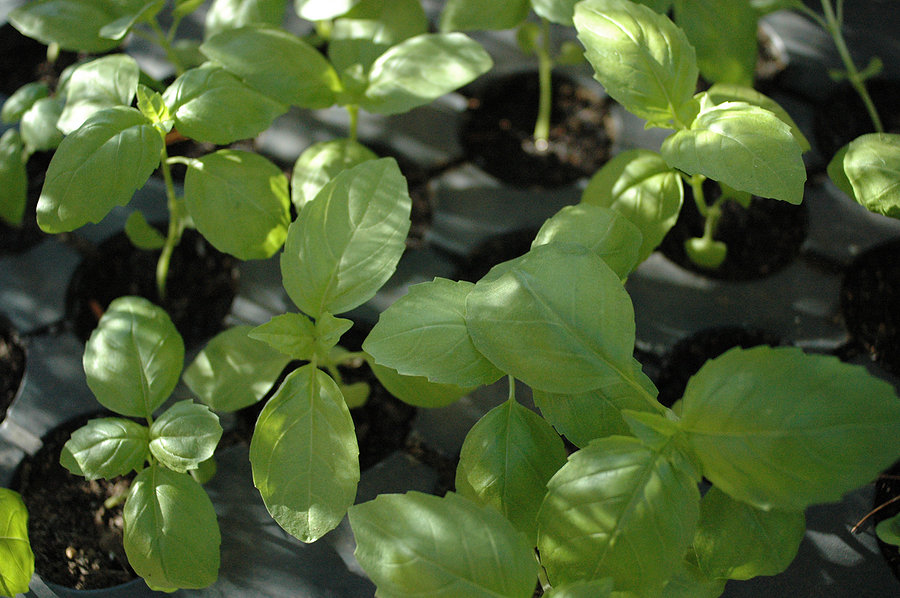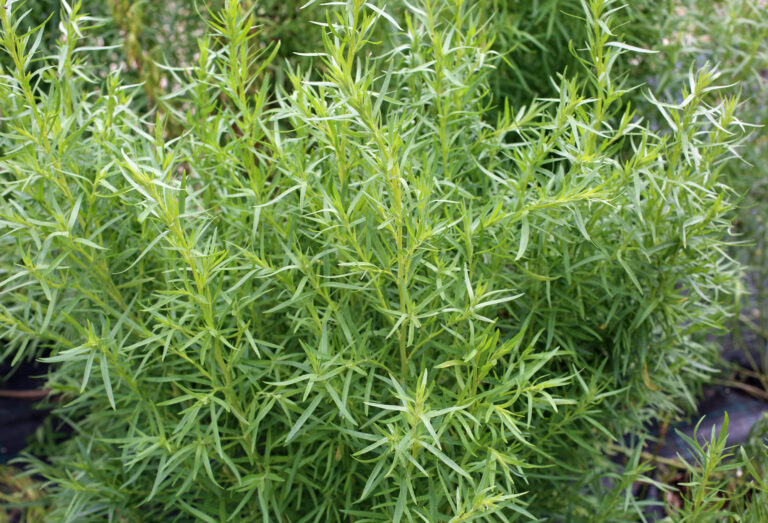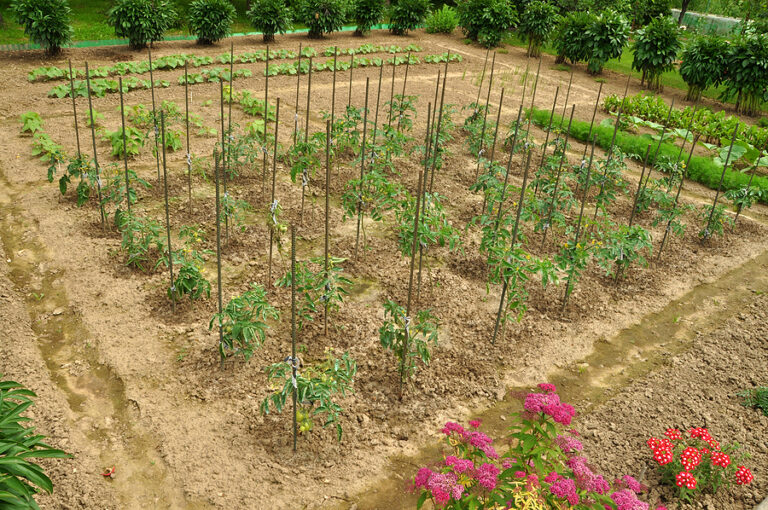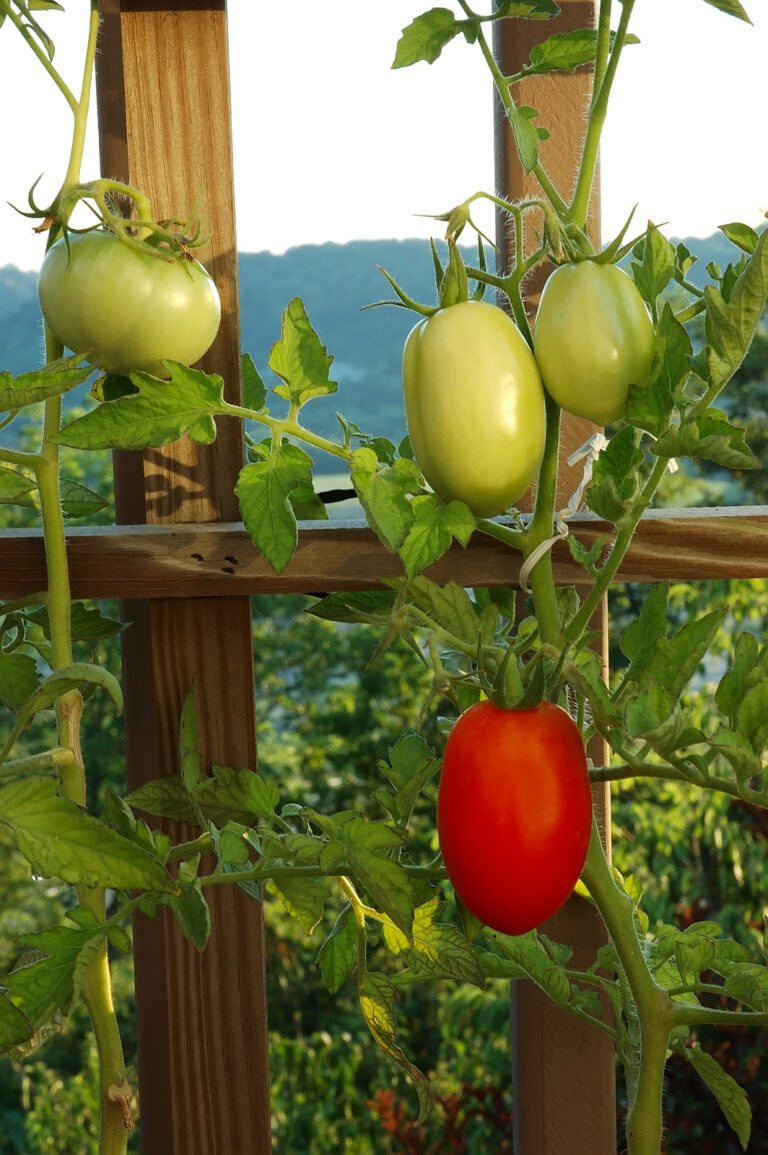Vegetables and Herbs for Growing in Shade
Vegetables grown for their leaves and roots are the best choices for shady gardens. Salad greens such as lettuce, spinach, cabbage, and celery can be grown in shaded gardens. Roots crops such as beets, leeks, potatoes, and turnips can be grown in shady gardens.
A garden site that receives as few as two hours of direct sunlight a day can grow vegetables. A garden that gets only dappled sunlight during the day can grow vegetables.
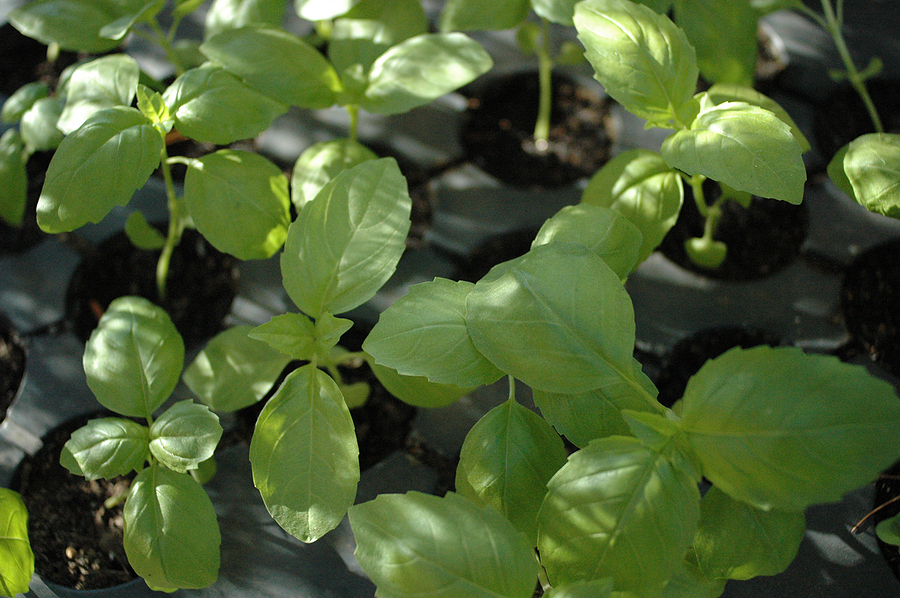
Fruiting vegetables such as tomatoes, peppers, and eggplants are not good choices for growing in full or partial shade; fruit-setting crops prefer eight or more hours of direct sun each day. But some varieties of fruiting vegetables—determinate or bush tomatoes, for example, and tomatoes adapted to cool conditions—can grow where there are as few as five to six hours of direct sun.
Types of garden shade
Shade in the garden can be described as deep or full shade, light shade, or partial or dappled shade.
Deep shaded
Deeply shaded or fully shaded describes a garden that receives no direct sun and very little if any reflected sunlight. A garden with deep or dense shade is not a good site for growing vegetables.
Light shade
Lightly shaded describes a garden that receives an hour or two of sun each day or is light, airy, and well-illuminated by reflected or indirect light for a good portion of the day. Reflected light might bounce into the garden from a white fence or building. Such a garden might sit under the shade of a high-canopy tree or in the shade of a distant building. Leafy crops and root crops will grow in a lightly shaded garden.
Partial shade
Partially shaded describes a garden that receives direct sun for two to six hours and is lightly shaded or receives dappled shade for the remainder of the day. A partially shaded garden may be sunny either in the morning or afternoon, but not both—the rest of the day the garden is in full or light shade. A partially shaded garden can easily grow leafy and root crops, and if the garden receives five hours of sunlight, some fruiting crops may grow there.
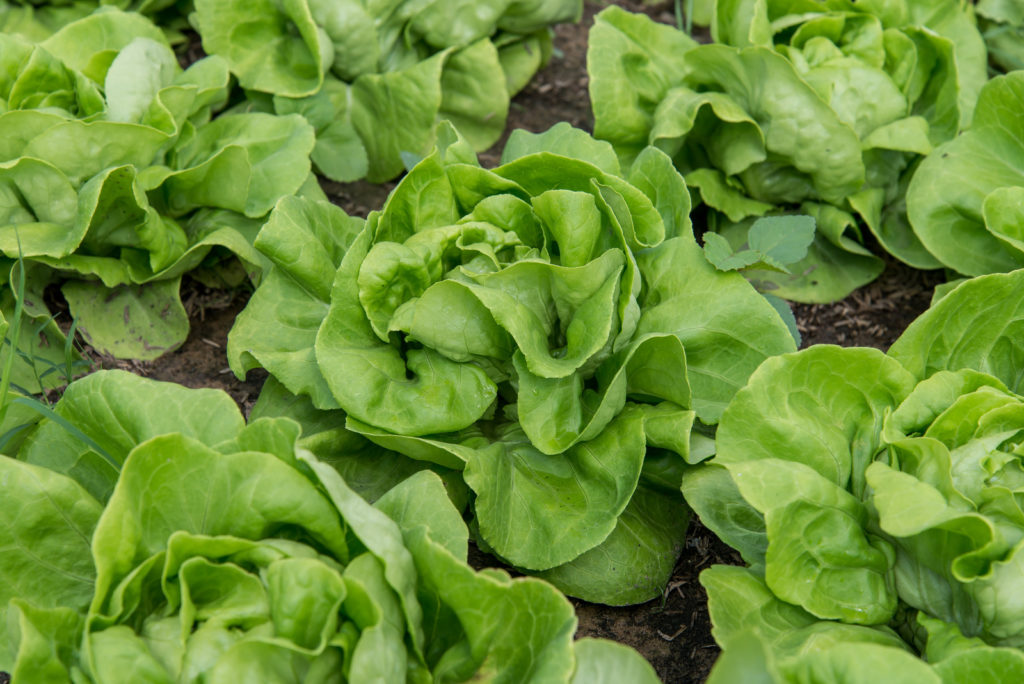
Vegetables that grow in shade
Rather than choose crops that will struggle in a shaded garden, choose crops adapted to shade.
Leafy crops are commonly the best choice for shade gardens; they crops have large surfaces for photosynthesis. Fruiting crops such as tomatoes and peppers demand sun to reach maturity and ripen and od poorly in shade
Vegetable crops that will grow in light to partial shade are arugula, beets, broccoli, Brussels sprouts, cabbage, carrots, cauliflower, celery, chard, Chinese cabbage, corn salad, endive, escarole, garlic, horseradish, kale, kohlrabi, leaf lettuce, leeks, mustard, New Zealand spinach, parsnips, peas, potatoes, radishes, rutabagas, salsify scallion, sorrel, spinach, turnips, and watercress.
Vegetables that will tolerate light to partial shade include bush beans, summer squash, and determinate or bush tomatoes adapted to cool regions or ready for harvest in 55 days or so. These varieties often bear the names of cool summer regions such as San Francisco, Oregon, New York, Russia, or Siberia.
Herbs that grow in shade
Herbs that will grow in light to partial shade are angelica, basil, catnip, chervil, chives, costmary, garden cress, germander, horseradish, lemon balm, lovage, mint, parsley, rosemary, sweet flag, sweet woodruff, valerian.
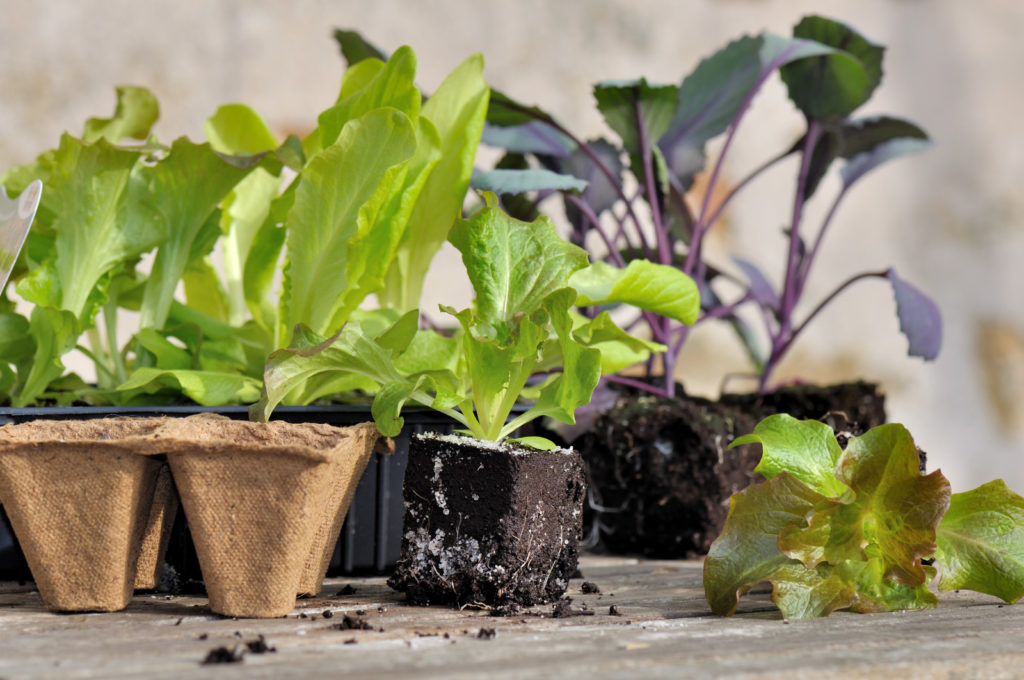
Tips for growing vegetables and herbs in the shade
- Choose vegetables and herbs adapted to shade; don’t try to grow crops that demand full sun.
- Start crops for shady gardens indoors to speed harvest; germination and early seedling growth can begin under optimal conditions before transplanting to the shady site.
- Expect slower maturation of crops and scale-down expectations of size and yield.
- Pruning away low tree branches and thinning out high branches will allow more sunlight to reach the garden.
- Painting nearby walls or fences white will allow more light to bounce into the garden. Light-colored paving on driveways or sidewalks adjacent to the shaded gardens will reflect more light.
- Grow crops in containers so that they can be moved into sunny spots as the seasons change.
Advantages of growing vegetables and herbs in shade
- Leafy crops grown in partial shade will be succulent and free of bitter taste.
- A partially shaded garden can allow for a longer growing period for cool-season crops.
- Afternoon shade protects crops from the hot summer sun.
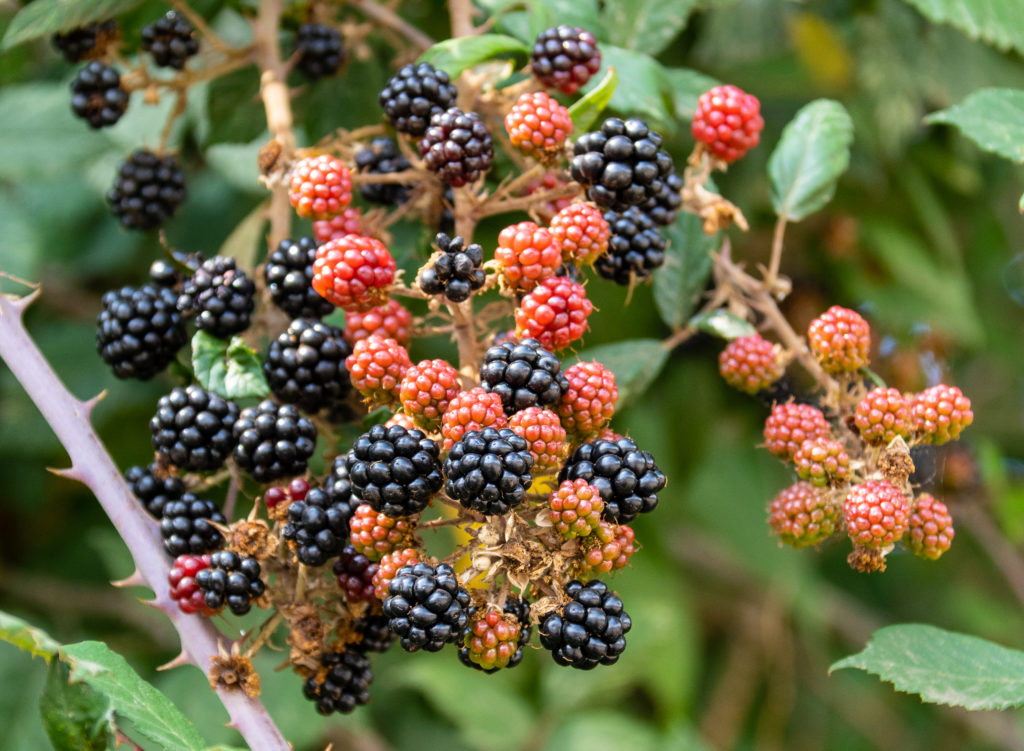
Shade-tolerant crops checklist–including berries
- Arugula
- Beets
- Chard
- Cress
- Endive
- Herbs—cilantro, oregano, parsley
- Kale
- Lettuce and greens
- Mustard
- Radicchio
- Radishes
- Scarlet runner beans
- Sorrel
- Spinach
- Swiss chard
- Blackberries
- Currants—red and black
- Gooseberries
- Raspberries
Also of interest:
Shade-Tolerant Crops for Container Gardens
Related articles:
Best Herbs for Container Growing
Planning the Home Fruit Garden
See Garden Products Recommended by Harvest to Table
Garden Planning Books at Amazon:
- Vegetable Garden Almanac & Planner
- Kitchen Garden Grower’s Guide Vegetable Encyclopedia
- Vegetable Garden Grower’s Guide
- Tomato Grower’s Answer Book

